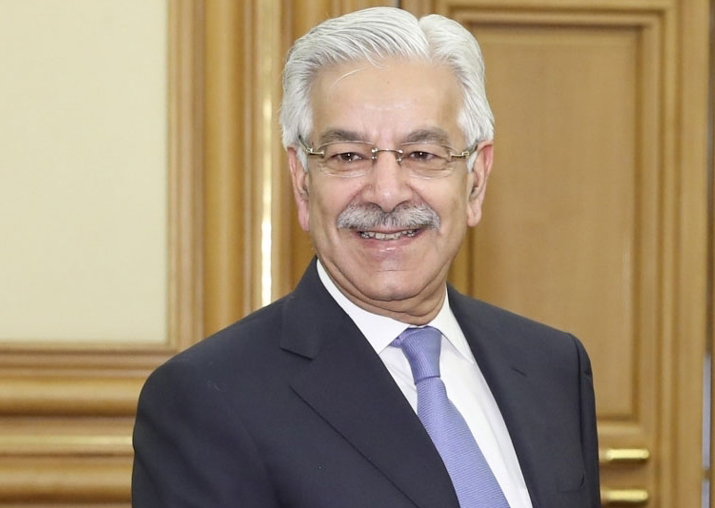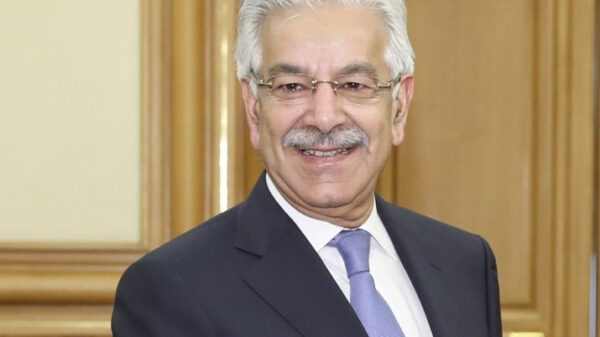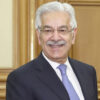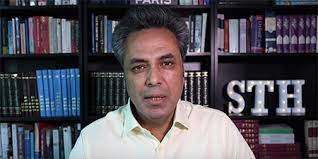Khawaja Asif, a prominent figure in the Pakistan Muslim League–Nawaz (PML-N), revealed that discussions are underway within the federal cabinet, with a focus on maintaining a concise structure. In an interview, Asif contextualized this by referencing the historical variations in the sizes of past cabinets.
Notably, the Pakistan Democratic Movement’s coalition boasted a substantial 76 members, while previous regimes, including Prime Minister Imran Khan’s, ranged from 49 to 91 members.
As a departure from the norm, Asif suggested a more compact cabinet formation, potentially incorporating representatives from three political parties. This strategic approach aims to ensure a balanced distribution of responsibilities, fostering an inclusive governance model that reflects diverse regional interests.
While remaining discreet about ministerial appointments, especially the speculated candidacy of Ishaq Dar for the finance ministry, Asif indicated that final decisions are pending. He, however, highlighted the potential advantages of a multi-party cabinet, echoing sentiments of collaborative governance.
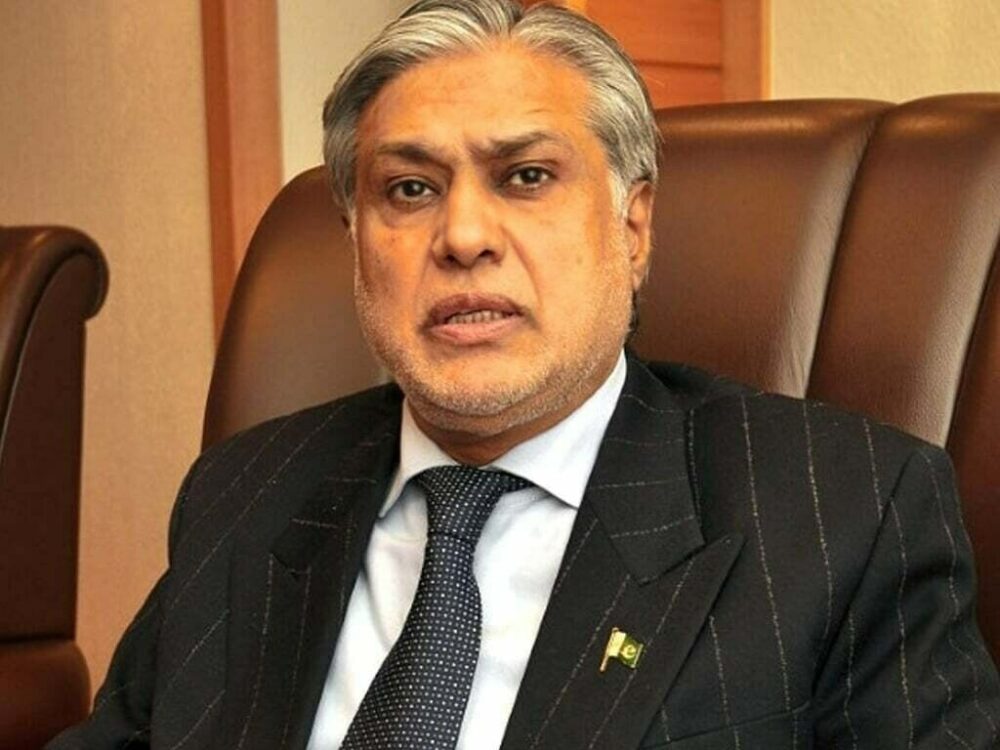
Addressing the prospect of the Pakistan People’s Party (PPP) joining, Asif emphasized the positive impact of multi-provincial representation, advocating for a strengthened federal structure through the devolution of certain ministries to provinces.
He endorsed Bilawal Bhutto’s proposal for provincial empowerment, stressing the importance of robust local governance, particularly in urban centers like Karachi.
In acknowledging the challenges within the coalition, Asif underscored the shared interests in governance among allies, emphasizing the necessity for collective responsibility to mitigate potential setbacks. The unfolding dynamics of cabinet formation reflect a strategic and inclusive approach to governance in Pakistan.
I am an accomplished graduate of Strategic Studies, driven by a fervent dedication to comprehending global affairs and devising impactful strategies. Equipped with a comprehensive skill set encompassing research, critical thinking, and persuasive communication, I possess a distinctive viewpoint and an unwavering commitment to fostering inclusive decision-making processes. As a versatile individual, I excel in collaborating with diverse groups in various settings, leveraging my strong interpersonal abilities to adapt seamlessly to new environments and surmount any challenges that arise. With a passion for contributing to strategic initiatives, I am eager to leverage my expertise and drive to effect positive change within the field.


